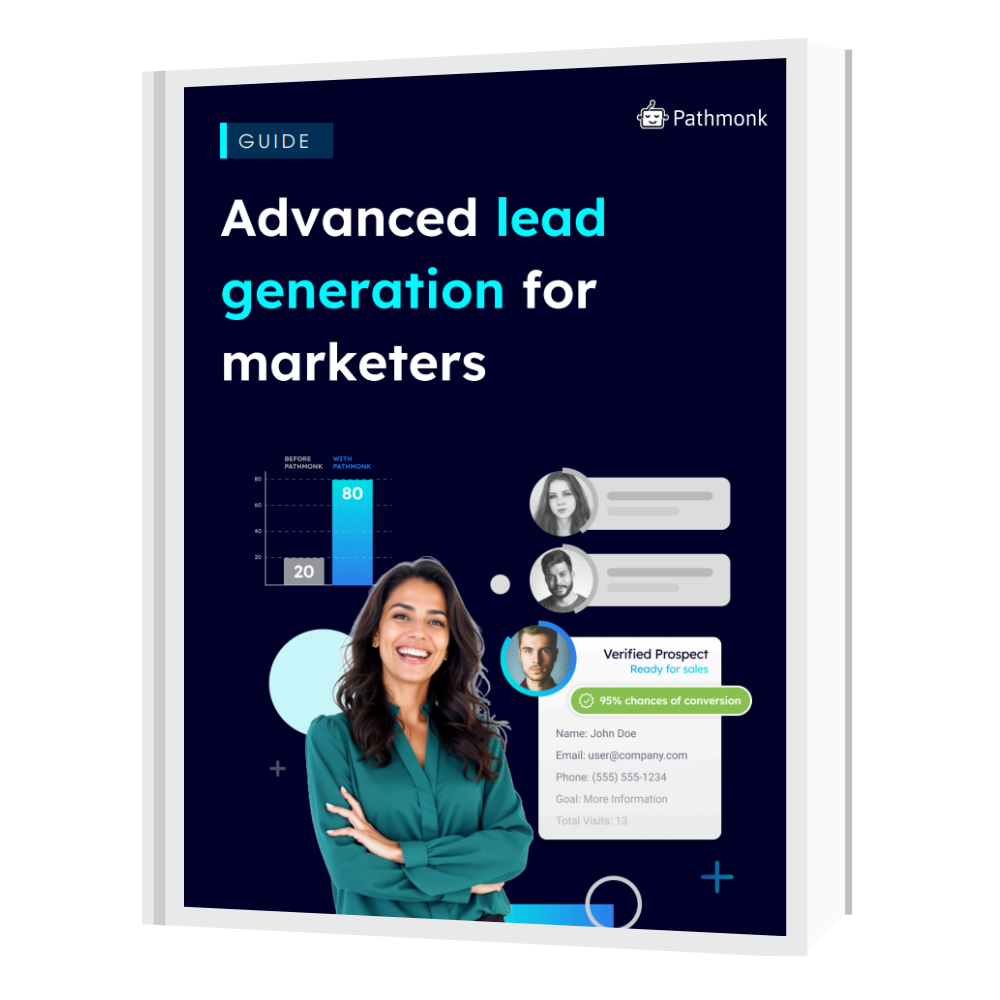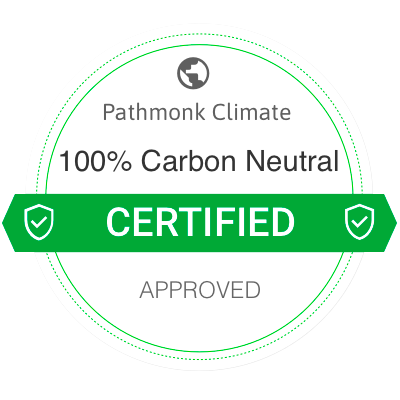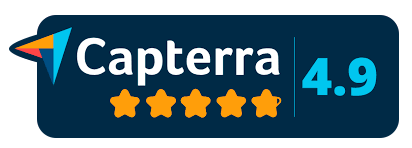GLOSSARY
Lead magnet
A valuable resource or incentive offered to website visitors in exchange for their contact information. Used to attract qualified leads, grow your email list, and build pipeline.
A lead magnet is a strategic asset used in digital marketing to capture leads by offering something of value in return for user information, typically an email address. Common examples include ebooks, checklists, templates, free trials, webinars, and gated tools. The goal of a lead magnet is not just to collect emails — it’s to attract qualified prospects by aligning the offer with their pain points, interests, or stage in the buying journey.
A strong lead magnet doesn’t feel like a trade — it feels like a win. Visitors should instantly recognize the value, relevance, and utility of what they’re receiving. Whether you’re nurturing long B2B sales cycles or building an email list for an ecommerce campaign, effective lead magnets bridge the gap between attention and action, helping you turn anonymous visitors into engaged, contactable leads.
Why is a lead magnet important?
Lead magnets are essential for converting top-of-funnel traffic into leads, especially for users who aren’t yet ready to buy. Most visitors won’t convert on their first visit — offering a lead magnet gives them a low-commitment way to stay connected and lets your brand continue the conversation through email nurturing or remarketing. Done right, lead magnets accelerate your funnel by turning passive traffic into active opportunities.
They also help with segmentation and personalization. For example, users who download a whitepaper about “enterprise data security” are likely interested in B2B solutions, while those who claim a “marketing automation checklist” might be marketing leads. With the right tracking setup, you can tailor future communications, content, and offers — increasing both relevance and conversion potential. In short: lead magnets don’t just generate leads, they generate qualified intent signals.
Generate better leads to grow your sales
Discover new strategies to unlocking a flood of high-quality leads from your website.

How to create an effective lead magnet
- Solve a specific problem: Your lead magnet should address a real, pressing challenge your audience faces. Broad or generic offers (“Download our brochure”) won’t work — specificity builds perceived value. Think: “Free B2B SaaS pricing calculator” or “10-page CRO audit template.”
- Make it instantly useful: The best lead magnets offer immediate gratification. Whether it’s a one-click download, a quick quiz result, or access to a tool, users should feel rewarded right away. Avoid long sign-up processes or vague promises — your offer should deliver quick wins.
- Align it with your core offer: A lead magnet should act as a bridge to your product or service. For example, a company selling conversion optimization software might offer a checklist for improving landing page performance. This ensures the leads you generate are more likely to be relevant and warm.
- Design it to convert: Strong lead magnets are paired with high-converting landing pages or popups. Use a benefit-driven headline, a compelling image, and bullet points that outline what the user will get. Reinforce trust with testimonials, stats, or a no-spam message.
- Use automation to follow up: Once a user claims the lead magnet, trigger a thank-you page and a follow-up email sequence. This is your opportunity to nurture the lead, reinforce value, introduce your solution, and move them closer to conversion.
How Pathmonk enhances lead magnet performance
Most websites offer lead magnets the same way to every visitor — whether they’re ready to convert or just casually browsing. This generic approach often leads to low engagement, poor-quality leads, and missed opportunities. Pathmonk changes that by personalizing the journey that leads to your lead magnet, based on real-time user intent.
Rather than creating multiple versions of the same asset, Pathmonk allows companies to promote a single lead magnet — like a free audit, trial, or downloadable guide — and dynamically adapt the experience around it. The lead magnet stays the same. What changes is how it’s introduced and what users see just before they’re asked to engage.
Pathmonk’s AI detects behavioral signals and adapts the micro-experience based on the visitor’s intent:
- A first-time visitor might see a short explainer video or simple messaging that introduces the value of the lead magnet in a friendly, low-friction way.
- A returning user or someone showing higher engagement might be shown a testimonial, review, or industry-specific example to build credibility.
- A high-intent visitor, such as someone who viewed your pricing page or spent time on product sections, could experience a diagnostic quiz or qualification flow that increases perceived relevance and urgency.
By tailoring the micro-experience, Pathmonk ensures that every visitor receives contextual reinforcement before seeing the CTA — increasing trust, interest, and the likelihood of submission.
This personalization happens in real time and requires no manual segmentation or complex logic. Marketers only need to define the lead magnet they want to promote — Pathmonk takes care of when, how, and to whom it’s shown for maximum impact.
Benefits include:
- Higher opt-in rates with the same asset
- Stronger lead qualification based on user behavior
- Shorter time-to-conversion through contextual nurturing
- Unified performance insights across journeys and segments
In essence, Pathmonk doesn’t just promote your lead magnet — it activates it intelligently. One asset. Multiple personalized journeys. Better results.
Increase +180%
leads
demos
sales
bookings
from your website with AI
Get more conversions from your existing website traffic delivering personalized experiences.

Related articles about lead magnets
- 8 Most-Effective Lead Generation Companies [With Pros and Cons]
- Effective Lead Generation for Companies with a Low Budget
- How to Uplift Your Lead Generation Landing Pages? From Concept to Conversion
- The 5 Leading Industries That Need Lead Generation for Massive Revenue Boosts
- Best B2C Lead Magnets: 7 Tactics to Boost Your Lead Generation
- Best B2B Lead Magnets: 8 Tactics to Boost Your Lead Generation
FAQs on lead magnets
1. What’s the purpose of a lead magnet?
The main goal of a lead magnet is to turn website visitors into leads by offering something of value in exchange for their contact information. But beyond just capturing emails, a lead magnet serves to attract the right kind of prospect — someone who’s interested in what you offer and willing to engage. When crafted strategically, it also sets the stage for future conversions by delivering immediate value and positioning your brand as a helpful, trusted resource.
In today’s digital landscape, where attention is scarce, lead magnets also give you a way to continue the conversation. Most users won’t buy on the first visit, and without a compelling reason to stay connected, they’ll leave — possibly for good. A lead magnet is your tool to stay top-of-mind and gradually move users down the funnel through email, retargeting, or personalized experiences.
2. What makes a lead magnet effective?
A great lead magnet is specific, actionable, and aligned with your audience’s needs. It should promise a quick win — something that can be consumed or implemented within minutes. Vague or overly broad offers are less likely to convert. For instance, “5 mistakes killing your SaaS conversions” will likely outperform “Free ebook about marketing.”
Design and delivery also play a role. High-performing lead magnets are visually appealing, professionally formatted, and delivered through a frictionless opt-in process. Bonus points if it ties directly into your core product or service — this ensures you’re not just generating leads, but generating leads likely to convert.
3. What are the most common types of lead magnets?
Popular lead magnet formats include PDFs (ebooks, checklists, guides), templates, toolkits, free trials, webinars, quizzes, and gated calculators. The best format depends on your audience and what stage of the funnel they’re in. For top-of-funnel awareness, short-form checklists or quizzes often work best. For mid- or bottom-funnel users, webinars or free audits may be more persuasive.
Interactive lead magnets — like ROI calculators or product quizzes — are also gaining traction because they engage users more actively, collect richer data, and feel more tailored. The key is to match the format to both the intent and behavior of your target users.
4. How do I promote a lead magnet?
Promotion is just as important as creation. Embed your lead magnet on high-traffic pages like blog posts, feature pages, or comparison pages. Use popups, sticky bars, exit-intent modals, or gated content sections to drive opt-ins. Promote it via email newsletters, social media, retargeting ads, and within automated nurturing sequences.
If you’re using Pathmonk, you can go a step further by automating the delivery of your lead magnet to the right user segment, based on real-time behavioral signals. That way, a lead magnet isn’t just promoted — it’s precisely timed for maximum relevance.
5. Can lead magnets be personalized?
Yes — and they should be. Personalizing your lead magnet offer based on the visitor’s behavior, location, referral source, or industry increases engagement and conversions. For instance, showing different versions of a checklist based on a user’s job title or the page they’re browsing can dramatically improve relevance.
With platforms like Pathmonk, personalization happens dynamically. The lead magnet itself may stay the same, but the experience leading to it changes — such as displaying a testimonial for SaaS users or a quiz for ecommerce visitors. This intent-based personalization makes your lead magnet feel timely, relevant, and genuinely helpful.




